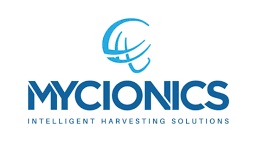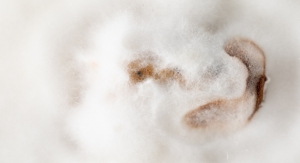Building homes from mushroom waste and weeds
A groundbreaking project in Namibia is turning mushrooms and invasive plants into eco-friendly homes. The MycoHab initiative uses mycelium, the root structure of fungi, to create sustainable building materials. The process involves growing edible mushrooms on substrates made from the invasive encroacher bush. After the mushrooms are harvested, the remaining material is compacted into strong, lightweight, and biodegradable bricks. These “mycoblocks” offer a sustainable alternative to concrete while also helping tackle Namibia’s housing crisis.
In early 2024, MycoHab unveiled its first house made entirely from these bricks. The project, supported by institutions like MIT and local partners, aims to provide affordable, carbon-negative homes that require less energy and labor to build. Additionally, the initiative offers social benefits, such as job creation in mushroom farming and material production. This approach is being hailed as a model for sustainable construction that can be scaled up globally.
Mycelium-based materials not only reduce carbon emissions but also offer excellent insulation, fire resistance, and design flexibility. While still in its early stages, this innovative method shows promise as a key solution for eco-friendly housing in Namibia and beyond.
Source: The Guardian via https://www.theguardian.com/environment/article/2024/jul/18/namibia-homes-built-from-mushrooms-mycohab-mycelium






















